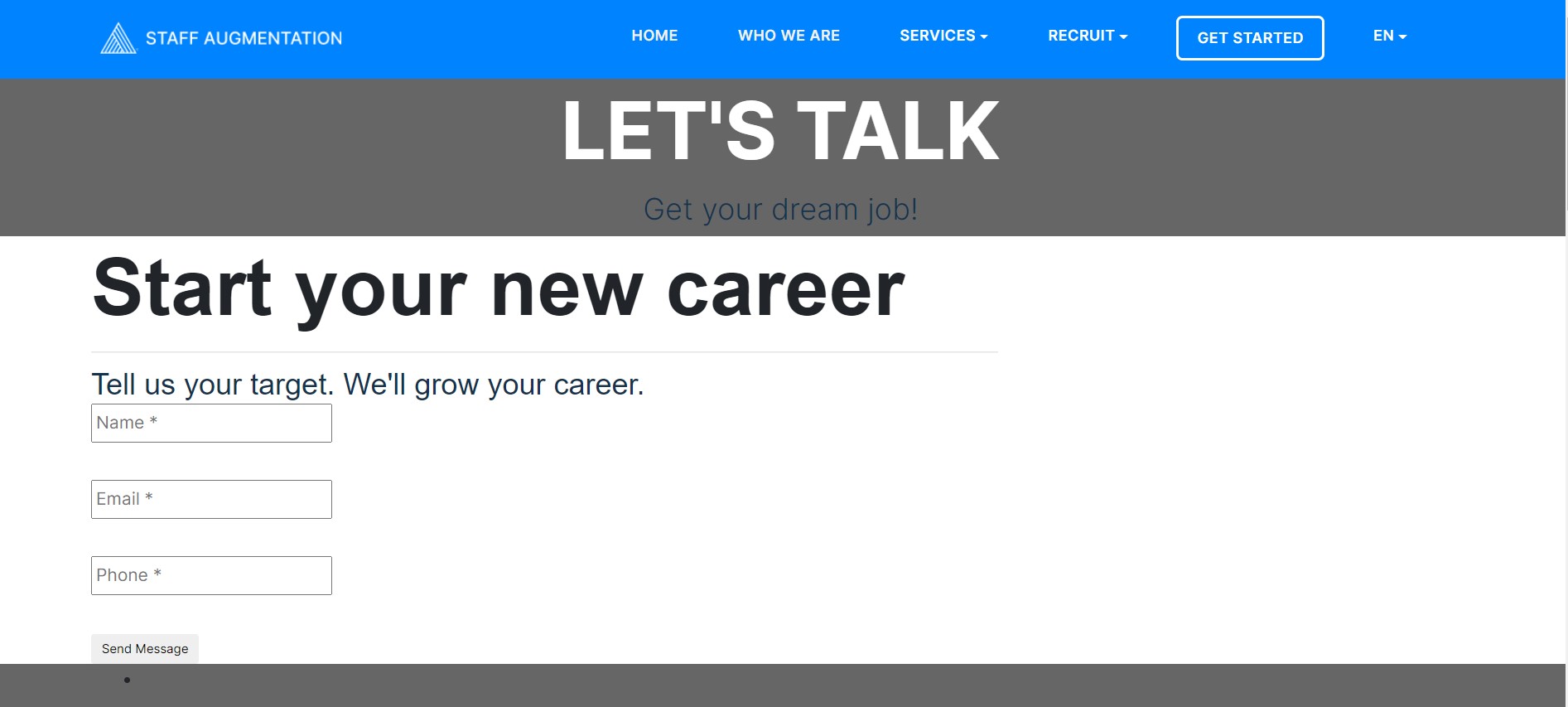If you are looking for a cross-platform framework for developing a startup app, you should definitely consider Flutter. Based on Dart programming language, Flutter is an evolving framework backed by Google which provides a strong UI rich with features and allows developers to build single-code-based iOS and Android applications.
Flutter is not only a framework but a total SDK meaning that it includes everything needed for the development of a cross-platform app. This essentially leads to lower development costs, easier real-time monitoring and updates, less testing time, and faster time to market.
Read on to find out the best reasons why you should use Flutter for developing a startup app.
Flutter is cost-effective
Developing a native application can be a costly process because different operating systems need different code to be written. On the contrary, a cross-platform app uses a single code base which minimizes the cost of maintenance.
Apps built with Flutter are quick to develop
Because there is no need to write code for multiple operating systems, the developer can save time and finish the project quicker, thus lowering the time to market.
Lesser coding efforts with Flutter
When creating a cross-platform app, the developer would not need to monitor its efficiency on different platforms. Since there is only one version of the app, lesser time is spent on testing. Also, since the code is reusable, developers spend much less time writing code in comparison with native apps.
Flutter uses Dart as a programming language
Dart is popular due to its strong and compelling syntax which provides powerful design and architecture. Also, it comes with easy maintenance, standardization, integration, and consistency.
Enhances the development process
It’s much easier to create high-performance cross-platform apps with Flutter because it operates on native binaries, rendering libraries, and graphics. Also, because it uses its own rendering engine, there is no need to change the UI when switching to the other platform.
Access to advanced SDK and native features
Flutter provides third-party integration, simple local codes, and application APIs which can streamline the life-cycle of growth. And with the ready-made widgets, it is easy to customize the app with best practices and outstanding design.
Provides a powerful design experience
Flutter comes with custom widgets for iOS and Android and the catalog is very large so you can select exactly what you need for your project requirements. Overall, Apps built with Flutter provide a positive user experience that can be expected from native apps.
In summary, these are all good reasons why you should consider using Flutter for developing a startup app. It provides efficiency and reliability, and with the features, it offers and ready to use widgets, it is the best choice for startup app development.
If you are looking for a cost-effective solution that will allow you to have a cross-platform app that takes less time for development, is easy to maintain and update, and reduces time to market, risk, and errors while offering exceptional design and great user experience – Flutter is definitely the right choice.













